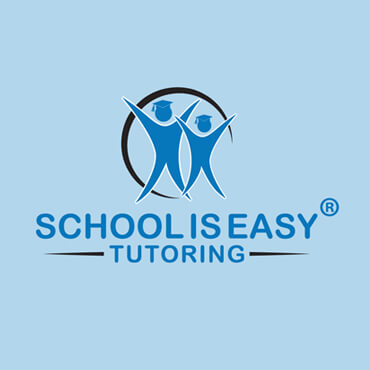Build Reading Skills During Break
Summer gives your child free time to read books they can’t fit in during the busy school year. A reading response journal helps kids think about what they’re reading and boosts their understanding. Here’s how to set up a summer reading response journal at home.
What You’ll Need to Start a Reading Response Journal
There are only a few supplies needed to start a reading response journal. Everything you’ll need is very inexpensive and can probably be found around the house.

1. Find a Simple Notebook
Look around the house for a notebook with lined pages. Nothing fancy needed here – just something your child can write in daily. If your kid wants to decorate the cover and make it their own, that’s a bonus that might get them more excited about using it.
2. Pick Writing Tools
A pen or pencil works fine. Since no teacher will grade this journal, mistakes aren’t a problem. Just cross them out and keep going. Let your child use their favorite pen or colored pencils if that makes the writing more fun.
3. Gather Some Writing Prompts
Writing prompts help your child know what to write about. Have them copy one prompt at the top of each entry and write their thoughts below. Using different prompts each day helps your child think about the book in new ways. Simple prompts like “My favorite character is…” or “I was surprised when…” work well.

4. Set a Short Daily Time Limit
The main goal is reading, not writing. Young kids might only write for five minutes, while teens might need 10-15 minutes. Keep it short enough that it doesn’t feel like a chore but long enough to record real thoughts about the reading.
5. Make it a Daily Habit
When keeping a journal it is good to form a habit of writing on a daily basis. Every day after reading a portion of your book you should record the date in your journal along with the title of the book and the page numbers you read that day followed by the prompt and your written response.

Summer Reading Success
Taking a few minutes to think about what they’re reading helps your child understand and remember the story better. The key is reading daily and writing briefly before moving to the next section. This summer, as your child dives into their reading list, those few minutes of journal writing each day will build stronger reading skills that last.
Need help getting your child excited about reading? School is Easy tutors can create custom summer reading plans that match your child’s interests and reading level. Book a tutor today and watch your child’s reading confidence.





